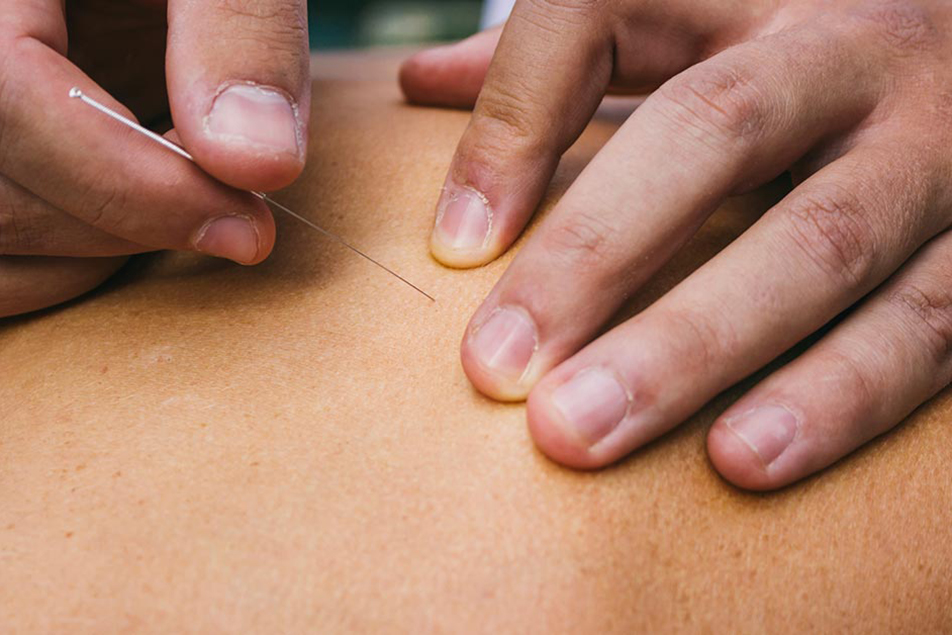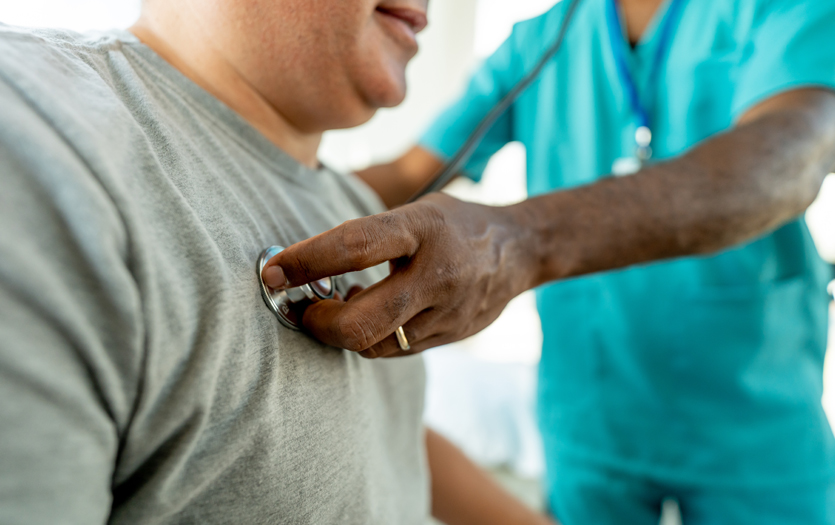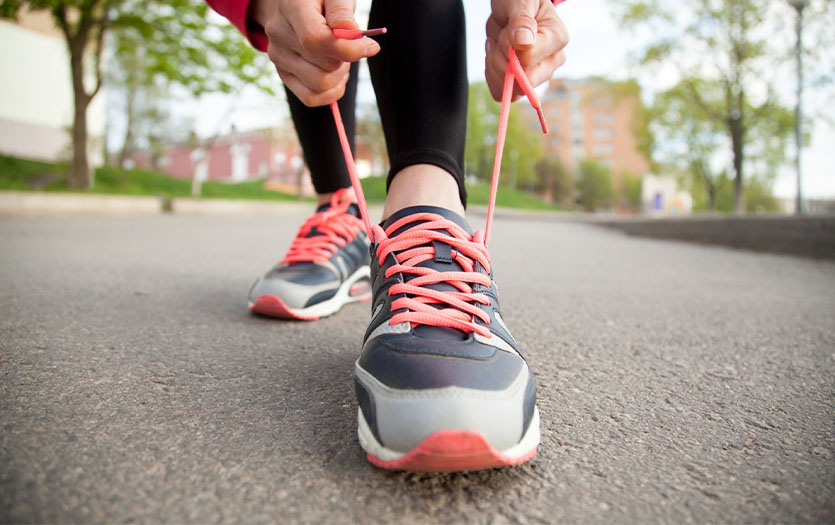
Pain, stiffness, lack of flexibility – musculoskeletal complaints like these put limits on activity for millions of people every year. Some people tough it out and simply withdraw from pastimes they enjoy. Others take NSAIDS (non-steroidal anti-inflammatory drugs), which offer only temporary relief and can have serious side effects over time. Still others seek out help in the form of physical therapy.
One tool of therapy that is gaining popularity is intramuscular stimulation, or myofascial trigger point dry needling, a technique that can provide swift relief in some cases. Kim Case, PT, MS, Parkview Huntington Hospital Rehab and Wellness, has begun offering this therapeutic approach to rehab patients at the hospital, and describes it as “one of the most wonderful techniques I’ve seen in terms of our being able to achieve nearly immediate results.” As a certified practitioner, she offers this explanation of dry needling to help people who might benefit to better understand the technique.
Dry needling is named for the slender, lightweight needles used in this technique. Many people are familiar with acupuncture needles and think dry needling is similar, but the approach and underlying goals are actually quite different.
In acupuncture, which is born of eastern philosophy regarding physical and spiritual health, needles are placed along channels of the body through which the life force, or qi, flows, and the idea is to open up blockages in those channels to restore balanced flow of qi. The purpose of dry needling is to achieve change in body structures by inserting a filaform needle into the skin and soft tissue beneath it only very briefly, usually for just a few seconds. It may seem odd that inserting needles can actually lessen one’s overall pain and dysfunction level, but this is a proven technique.
Dry needling is based on research done in the 1980s by Dr. Janet Travell – who also served as the first female physician at the White House during the Kennedy and Johnson administrations – and Dr. David Simons. Since Travell’s original research identifying trigger points as a source of pain and dysfunction, Chan Gunn, MD, and other physicians and researchers have used ultrasound, EMG, and chemical testing to add even more detail to the understanding of how needling brings about change by prompting the body to release certain hormones and other biochemicals that help it self-correct.
The process.
In determining where a patient would benefit most from dry needling, the therapist performs a thorough evaluation to obtain the patient’s history, establish what his or her pain patterns are, and examine posture, movement and muscular function. Functional and orthopedic tests are performed on the patient, and based on the findings of the evaluation, the therapist determines which muscle tissue(s) is/are the major source of the dysfunction. A thorough evaluation is necessary, because while a person may be experiencing pain in one area, sometimes that may actually be referred pain from a larger problem in another muscle or muscle group.
When performing dry needling, the therapist first palpates (touches for the purpose of examination) the area in which the needles will be placed, in order to get an accurate placement. Then he or she places the needle for treatment. Treatment may be with needles alone, or electrical stimulation may be added to encourage muscle function. The therapist then will retest the patient to see if any gains have been made with the treatment. If the muscle or movement pattern responds appropriately, then the therapist will have the patient begin exercises to retrain the muscle to function properly, and the patient can regain strength and flexibility.
Potential for significant recovery.
Benefits of dry needling can include:
• Increased blood flow
• Decrease in banding, or cramping, of muscle tissue
• Decrease in spontaneous muscle twitches
• Biochemical changes, including endorphin release
• Decrease in pain
For some patients, progress is nearly immediate. One patient I saw recently had become unable to run drills and cover needed activities with the young athletes he coaches. His ankle was unstable, so he felt unsure of his ability to stop and pivot quickly on the foot. After one dry needling session, his calf felt so much better – and his ankle steadier – that he put on his cleats and went out and took on drills again. Not everyone responds quite as impressively, but for him, this treatment was incredibly helpful.
Tips for patients.
Keep these points in mind when seeking out a therapist for dry needling:
• As with any hands-on treatment, before beginning, a qualified practitioner should make you aware of not only the benefits, but also the risks. They should not proceed without your verbal and written consent. While benefits can be substantial in terms of restored strength and mobility and decreased pain, risks can include discomfort, bruising, ache and soreness afterward, and odd sensations resulting from muscle twitches. Risk of serious complications is very rare.
• Your therapist should be skilled in manual therapy and re-educating muscles through movement. They should have extensive knowledge of the neuromuscular system and orthopedics, and be certified to provide dry needling.
• A qualified practitioner will be careful to follow anti-infection protocols. The therapist should have you wear a clean drape, and they should wear gloves, cleanse the affected area of skin, always use needles from newly opened packages, and apply an antiseptic to their gloves before beginning the treatment.
Dry needling is offered in the Rehab and Wellness Department at Parkview Huntington Hospital (260) 355-3240, Parkview TherapyONE (260) 266-7400, Parkview Outpatient Therapy (260) 266-4080 and Parkview Athletic Rehab (260) 266-4006. Call to learn more or to schedule an appointment.



